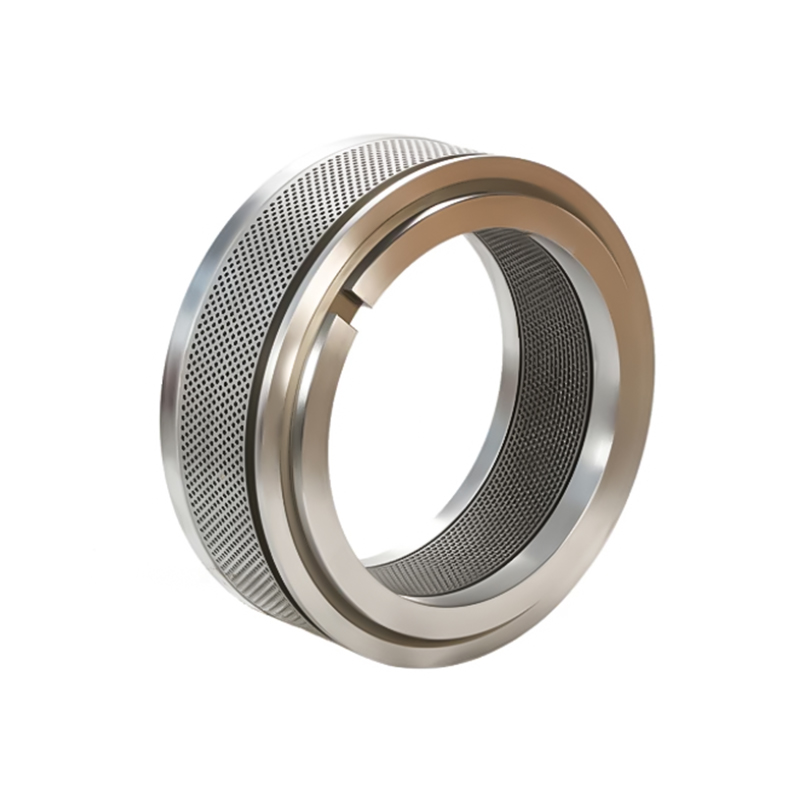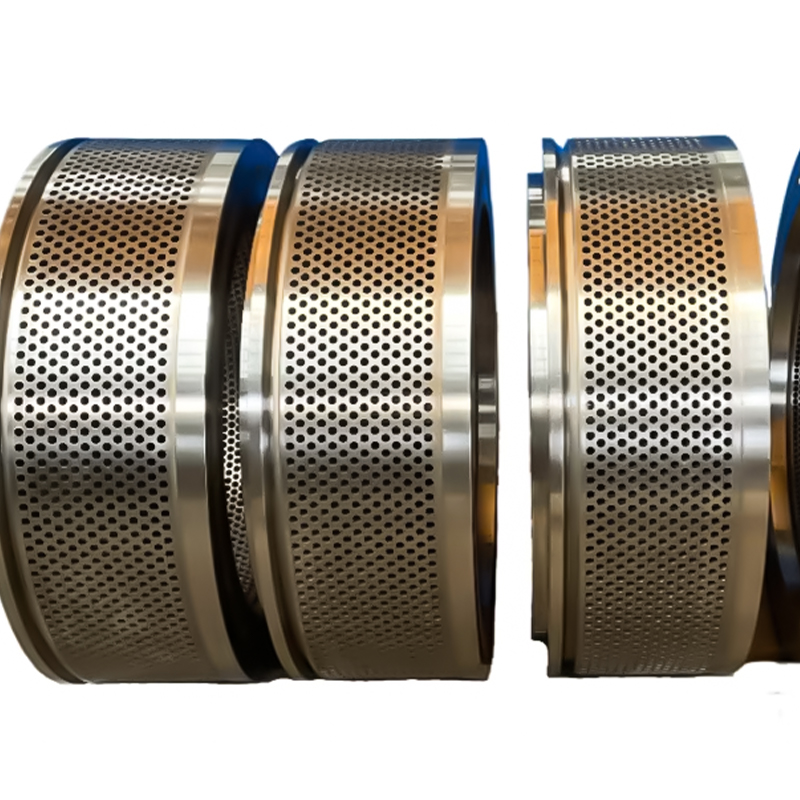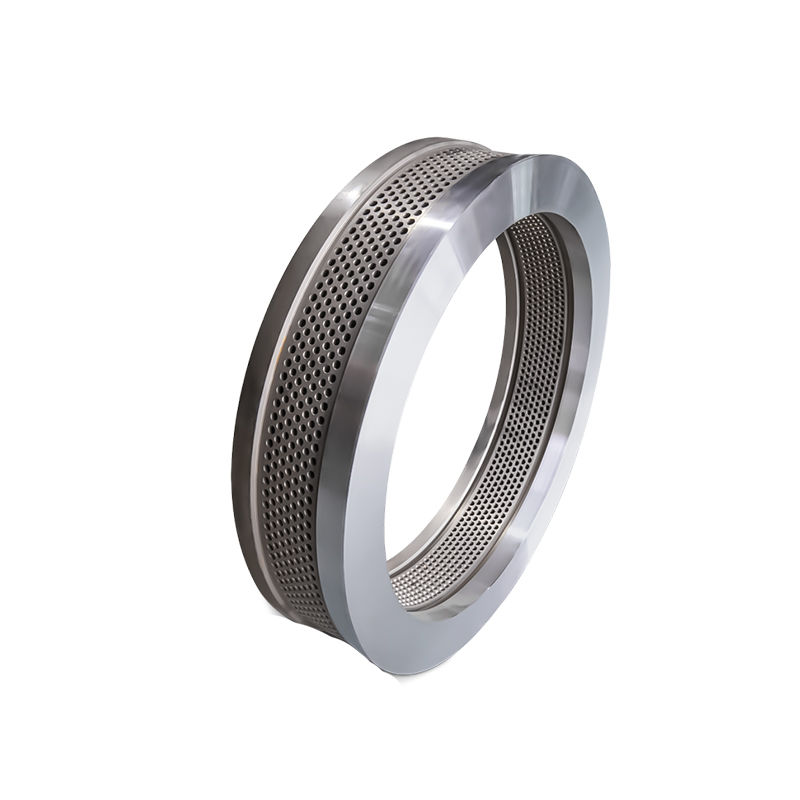
Pelleting Dies
The ring die operates by using pressure rollers to force materials (such as wood chips, animal feed, or mineral slag) through densely arranged die holes (with diameters ranging 2-30mm) on the ring die surface, thereby forming cylindrical pellets.
- Performance Requirements
- Advantages


 English
English



